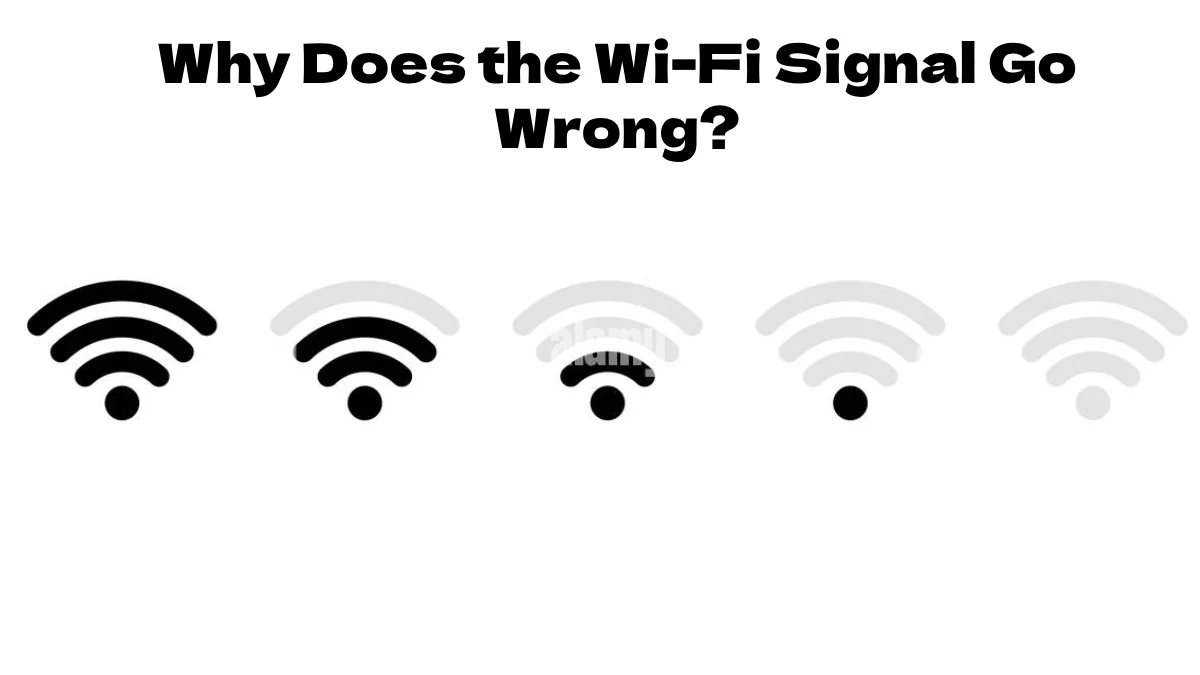When we surf the Internet, we can connect through wireless and wired networks. If we look back, just a few years ago, it was normal to connect from a computer connected by cable to the router. Little by little, technology has been changing. Now we have at our disposal a wide variety of mobile devices that have Wi-Fi connectivity. Therefore, we live in an era in which it is much more common to surf wirelessly. Now, this is sometimes a problem. In this article, we are going to explain the main reasons why the Wi-Fi signal goes wrong.
Table of Contents
Why is the Wi-Fi Signal Goes Wrong?
Surely on some occasions, we have had problems connecting over Wi-Fi. We see the network, we connect, but the signal goes wrong. This means that the Internet speed is slow, and the quality and stability are not adequate. It is a problem if we want to download something, watch a series in Streaming or simply browse.
Router Antenna Problems
When the router signal is not the best, and it happens to us with all the devices, there may be a problem with the device. This usually means that both the external and internal antennas are damaged or even misplaced. Sometimes we must orient them correctly so that the signal is optimal.
If we notice that the Wi-Fi signal is not good, we can always look at the antennas and see if there is a problem. It is possible that simply by placing them correctly, we can improve the signal somewhat.
Bad Network Adapter
It may happen that the problem is not with the router, but with the network card of the device we are using. Especially if we are browsing through a computer, the network card we use may not be the best. It may be out of date, not have the proper speed, or have some incompatibility issues.
Outdated Router
The router may also be out of date. It is important that we always have the latest firmware version. In this way, we will improve not only performance but also security. Our advice is always to use the latest version available on all types of devices and systems.
Many users overlook the importance of updating the router. This means that they use the same firmware that comes from the factory, which can have problems that affect performance and speed.
We Use an Incorrect Band
When we connect to the Internet wirelessly, it is normal that we can choose the 5 GHz and 2.4 GHz band. Modern routers, as well as most devices, can use both bands. However, keep in mind that the two are not the same, and we may have problems with the signal if we are not using the correct one.
We can say that the 2.4 GHz band is the most indicated when we are going to connect away from the router. In this way, we can better maintain speed. If we connect near the router and want the maximum speed, in that case, we will have to opt for the 5 GHz band.
Channel Saturated
The wireless signal can also be affect by a saturated channel. This occurs when our router is connected to the same channel as our neighbours. If there are many users connected to the same channel that can create interferences that result in problems to connect.
We Have the Router in a Bad Place
Of course, something that we can not leave behind is the fact of having the router poorly positioned. Perhaps this depends much more than any other point that we have mentioned. The router must be located in a central position of the home, in a high place, and away from walls and walls.
We are Using a Poorly Configured Repeater
Sometimes in an effort to improve the wireless signal, we make use of repeaters and signal amplifiers. Now, a bad configuration can cause the opposite effect and even make the signal worse. It is important that we take the necessary time to configure it correctly and not fall into errors that cause a malfunction of this type of device.
There are Intruders on the Network
with no doubt, one of the reasons that the Wi-Fi signal goes wrong is that there are intruders on the network. We are not only talking about a loss of speed that logically causes the fact of having many users within the network but also that possible intruder has been able to modify the configuration.
This means that you have been able to configure the power of the router and make the signal go less far (thus ensuring that more users cannot connect), for example.

